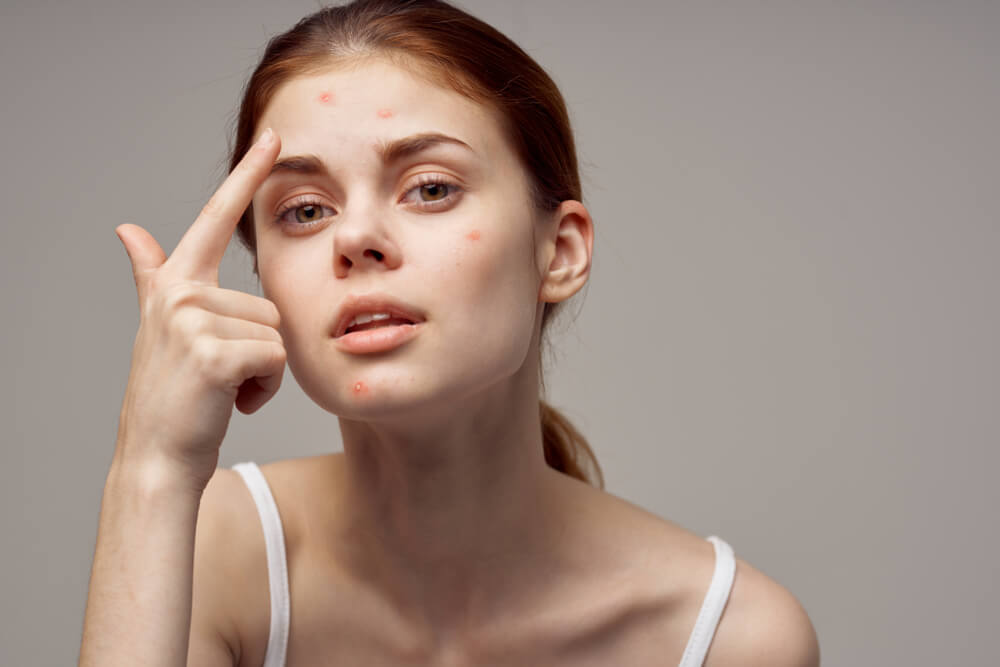Without a doubt, puberty can be a very exciting time in both the parents and the child’s life. Several physical changes take place during this time, and your child will also go through several emotional shifts. For the most part, kids will start puberty between eight and fourteen. Still, in some cases, puberty may occur later, and sometimes, that may lead to concerns among parents.
Experts specializing in pediatric care in Miami, Florida, who also provide developmental and behavioral screens, understand the concerns surrounding these “late bloomers,” especially late puberty in girls. The changes young girls face during this period will mean a lot of adjusting to get used to, and when these significant changes are delayed, it’s normal for both the young girls and their parents to be concerned.
As such, in this blog post, we’ll talk about late puberty in girls while also discussing the most common causes of delayed puberty in females. Lastly, we will also talk about potential treatment options and more.
Late Bloomers – Puberty in Girls: What is Considered Late?
Experts usually define delayed puberty in females as when they do not show any obvious signs of gonadal puberty by 13 years old.
On that note, “normal” puberty is generally defined as when the child’s body starts to grow and slowly develop into an adult body. For girls, this will often happen even earlier than for boys, with the first signs of puberty between the ages of eight and 13. During this period, the young lady will start to go through puberty, with her ovaries and adrenal glands (the first one being the gonads, and the latter the glands that are situated on top of the kidneys) starting to produce hormones, which trigger the first apparent signs of puberty. These will usually include developing body odor, breast development, acne, pubic hair growth, and growing underarm hair.
As time passes, girls will also start to show later signs of puberty as well, such as going through a growth spurt, and will eventually start to have their periods.
Typically, esports differentiate between two types of puberty, which occur during the entire developmental process, and these are the following:
- Adrenal Puberty: As mentioned earlier, this is when the responsible glands start releasing hormones that trigger the initial signs of puberty.
- Gonadal Puberty: This happens when the pituitary gland, which is a tiny gland in the brain controlling all the other glands throughout the body, starts producing LH and FSH hormones that tell the ovaries to produce more progesterone and estrogen, which trigger uterine and breast development, and will ultimately lead to girls getting their monthly periods.

Most Common Causes of Delayed Puberty in Females
Usually, experts will differentiate between two types of delayed puberty, which are the following:
- Primary hypogonadism, in which the ovaries fail to respond to the pituitary gland’s LH and FSH production.
- Secondary hypogonadism, in which the pituitary gland fails to make the LH and FSH hormones. This delayed puberty in girls will usually happen very late, but it’s considered normal, and it may also run in families.
On the other hand, what’s considered normal regarding age and puberty may vary. For instance, some of your daughter’s classmates may start earlier, but that doesn’t mean that your child isn’t within the normal limits. Also, when exploring the most common causes of delayed puberty in females, experts will typically point out several causes that may delay the process:
- Familial Causes: If one parent went through puberty late, it’s more likely that their child will as well.
- Chronic Diseases: Long-term illnesses may put a strain on the body, making development and growth even more challenging. Asthma, kidney diseases, cystic fibrosis, sickle cell disease, diabetes, celiac disease, and other illnesses may all lead to late puberty in girls. Still, adequate treatment can keep the disease at bay, allowing puberty to progress properly.
- Functional Problems: Delayed puberty can be attributed to a functional factor known as hypogonadotropic hypogonadism. This condition involves a delay in the secretion of gonadotropin-releasing hormone (GnRH) from the hypothalamus. As a consequence, the pituitary gland fails to release hormones that are responsible for stimulating the ovaries. Consequently, the production of estrogen is impaired, leading to a delay in the onset of puberty. It’s worth noting that hypogonadotropic hypogonadism is sometimes associated with certain syndromes, but in most cases, it occurs without a discernible cause.
- Malnutrition: Eating a diet poor in nutrients or simply not eating enough may delay both maturation and growth. Excessive physical activity, food scarcity, an imbalanced diet, or eating disorders may all lead to delayed puberty in girls.
- Genetic Disorders: Some chromosomal conditions like Klinefelter syndrome or Turner syndrome may slow the onset of puberty or even prevent it.
- Constitutional Growth Delay: This is a condition that impacts the growth of bones, resulting in slower height development in affected children compared to their peers. Over fifty percent of boys experiencing delayed puberty are affected by what is known as constitutional growth delay. Eventually, these children will undergo puberty and attain a suitable adult height. This condition is considered a natural variation in growth, and medical professionals typically do not pursue aggressive treatment for it.
- Other Causes: Past surgery on the ovaries, diseases, chemotherapy, metabolic disorders, and other factors may also lead to delayed puberty in females.
Symptoms
Late puberty in girls will often manifest in the following symptoms:
- No pubic hair
- No visible breast development by age 13.
- No uterine development
- No periods by age 16.
- Slower growth rate and short height
- Bone age is less than the age of the child

Evaluating Delayed Puberty In Girls
For the most part, experts start with the diagnosis with a physical exam and a discussion about the signs of the girl’s puberty. If experts suspect late puberty, they will recommend X-ray tests to see the child’s bone age, which will show bone maturity and may even tell how much the girl has left to grow.
Additionally, experts may recommend blood tests to measure hormone levels like cortisol, prolactin, estrogen, LH, FSH, ACTH, and thyroid hormone.
In some cases, experts may also recommend genetic evaluations and may even perform radiology testing like MRI scans and pelvic ultrasounds.
Is Treatment Always Necessary?
Treatment for late puberty in females isn’t always required. Still, if your daughter is concerned about the delay, some experts may consider recommending small estrogen doses in the form of skin patches or pills, slowly increasing the dosages over time if the signs of puberty still aren’t showing. Sometimes, later, progesterone may also be added to the treatment plan.
For the most part, young girls will start to show puberty signs without any negative effects. Still, if your daughter needs to take progesterone and estrogen for a prolonged period, she might have issues with fertility in the future. Still, several available fertility treatments may address these concerns when she reaches the appropriate age to bear children.
How Can Parents Help?
Parents can always show support for their children and reassure them that these changes are simply happening later in their case. Your daughter may be a bit more self-conscious because of this, and parents should focus on listening and responding to her concerns and questions.
On that note, you can always count on professional help as well. Talking with an expert can often bring peace of mind both to parents and concerned girls as well. That said, schedule an appointment with us today. We’re here to help.




